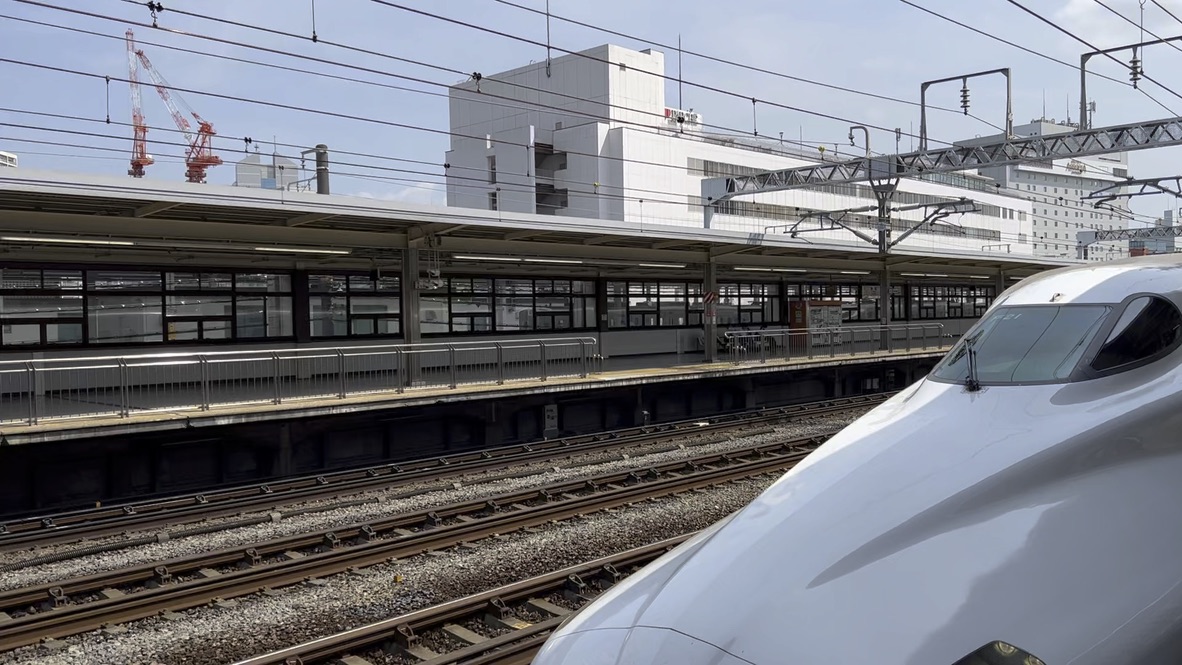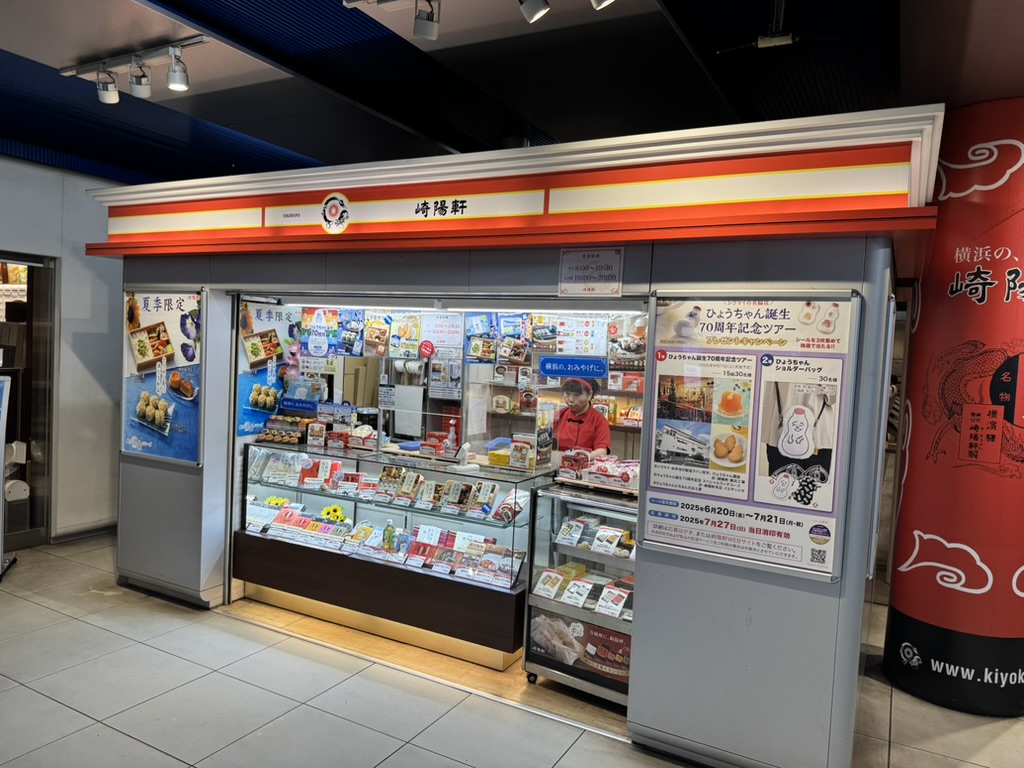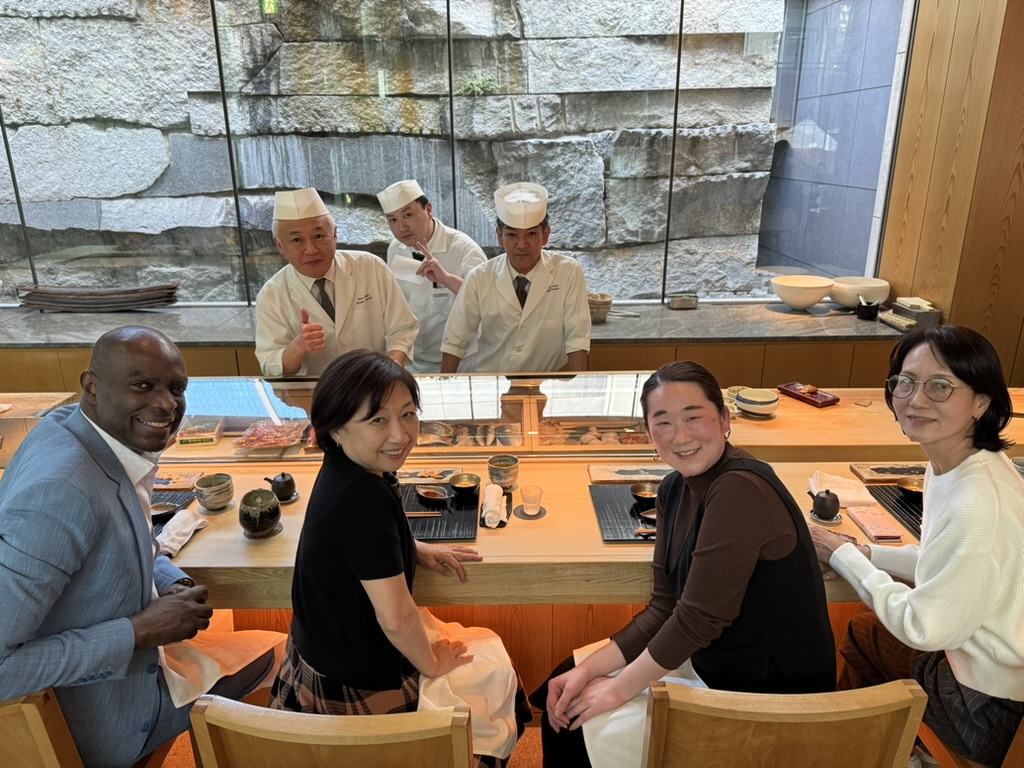
JR Pass in Japan: Is It Still Worth It?
After the 2023 price jump, the pass isn’t automatic. Here’s when it shines—and when dinner in Kyoto is the better investment.
Browse the latest stories, how-tos, and friendly deep-dives. Click any card to jump to the full article below.

After the 2023 price jump, the pass isn’t automatic. Here’s when it shines—and when dinner in Kyoto is the better investment.

Tap in, tap out, and forget fare charts. A five-minute setup that saves hours of confusion.

Cards are growing, but cash still rules ramen shops and ryokan. How much to carry and when plastic works.

You’re buying dinner, breakfast, baths, service — not just a bed. Here’s how to compare apples to futons.

Hot toasties, SIMs, and midnight rescue missions. 7-Eleven is practically a co-guide.

Golden hour, a breeze, and a proper spritz. This is how to do the sky gracefully.

From spa days to executive check-ups — how locals reset, and how visitors can too.

Slippers, kaiseki, onsen — the gentle choreography of real rest (with tea).

From kaiten to edomae. How to choose the right counter — and enjoy it like a local.

Quiet mastery vs flying shrimp. Both have a place — here’s how to book the right one.

By David Wright · Updated 2025
There was a time when buying a Japan Rail Pass felt like a secret handshake among savvy travelers — flash that green card and you could glide across the country like a rail-borne aristocrat. After the 2023 price hike, our beloved “golden ticket” became a platinum-priced maybe. So is it still worth it?
The short answer: sometimes. The honest answer: it depends on how much you love trains — and ramen. If your itinerary is a Shinkansen greatest hits album (Tokyo → Kyoto → Hiroshima → back again), the pass can still pay off while keeping you blissfully away from fare calculators. If you’re slow-traveling in one region, or doing a simple one-way Tokyo–Kyoto with a flight on either side, point-to-point tickets usually win.
Japan’s trains are so punctual they make your watch look flustered. They’re clean, fast, and the ekiben (station bento) are cultural treasures. But the pass now costs enough that you should treat it like a spreadsheet problem. Add up your major rides, multiply by curiosity, and see if the math smiles on you.
When it doesn’t, don’t panic — buying single tickets is easy, and your Suica card handles local JR lines. Some of my happiest journeys happened because I left room to wander: I got off one stop early, followed the scent of grilled eel, and found a family restaurant that never met a guidebook.
Rule of thumb: three or more long-distance rides within two weeks? Get the pass. Fewer than that? Save the yen for a memorable dinner in Kyoto. Either way, the train home will be exactly on time — it’s Japan.
Have a question or travel topic you'd like me to cover?
Ask a Question
By David Wright · Updated 2025
If Tokyo’s rail map looks like a bowl of noodles, Suica is the chopsticks. Load a balance, tap in, tap out, and let the system quietly do the math while you focus on more important things — like where to find the best melon pan in Ueno.
You can buy a physical card at the airport or major stations, or add Suica to Apple/Google Wallet before you land. Mobile Suica is the purest form of travel peace: no lines, no paper tickets, no panic at the turnstile while your train disappears like a graceful arrow.
Suica also works for buses, subways, and a surprising number of everyday purchases — vending machines, convenience stores, even lockers that spare you a sweaty stroll with luggage. The joy is cumulative: every tap saves a few seconds, and over a week those seconds become extra museum time, a longer coffee, or simply less friction in a country that deeply values smoothness.
Pair Suica with the occasional reserved seat on a Shinkansen and you’ve cracked the code — spontaneity for short hops, comfort for long legs. And if you do nothing else, promise me this: never interrupt a smooth Suica flow to calculate a fare. Tokyo forgives many things; lost time is not one of them.
Have a question or travel topic you'd like me to cover?
Ask a Question
By David Wright · Updated 2025
Japan can build a train that departs at 10:03 and means it, yet your favorite soba shop might still be cash-only. That’s not a contradiction; it’s a choice. Cash remains the quiet glue of everyday transactions — especially at family restaurants, neighborhood bars, and ryokan where the hospitality is ancient and the receipts are… optional.
I carry ¥20,000–30,000 for comfort — call it the “just in case we discover a life-changing tempura counter” fund. Big chains, department stores, hotels, and convenience stores take cards and mobile payments, but the noodle shop that looks like a time machine? Bring yen and a smile.
For withdrawals, Japan Post ATMs are the dependable friend who always answers your texts. They play nicely with foreign cards and don’t make you hunt for hidden fees. If the weather turns dramatic (typhoon), cash is the backup plan that never runs out of battery.
Cards and apps are growing every year. But for now, think of cash as your passport to the little places — the ones where the broth is simmered for twelve hours and the chef calls you “otosan” as if you’ve been coming for years. Technology is wonderful. Tradition is delicious.
Have a question or travel topic you'd like me to cover?
Ask a Question
By David Wright · Updated 2025
In Japan, you’re not just renting a room — you’re stepping into a little world where dinner arrives like a parade, the bath is a ceremony, and breakfast deserves applause. That’s why many stays, especially ryokan, price per person. Your rate covers seasonal meals, service, taxes, and the kind of attention that makes you wonder if you accidentally became royalty.
Compare apples to apples: two restaurant meals of similar quality — dinner and breakfast — plus tax and service, plus the pleasure of padding back to your tatami in slippers. Suddenly, that per-person rate looks less mysterious and more like value with better lighting.
Yes, city hotels sometimes use per-room pricing; Japan holds multitudes. But at ryokan, you’re paying for a curated evening. The menu reflects the region, the season, and the chef’s quiet pride. The bath resets your spine. The futon is a cloud. When you divide by experience, the math grins back at you.
My advice: choose one splurge night when you travel. Let a ryokan host you. You’ll remember the stillness long after you’ve forgotten the receipt.
Have a question or travel topic you'd like me to cover?
Ask a Question
By David Wright · Updated 2025
In Thailand, 7-Eleven isn’t just a convenience store — it’s a benevolent spirit. Need a local SIM at 11pm? Hungry at 2am? Forgot an umbrella during monsoon season? The neon glow says, “We’ve got you.” The food isn’t an afterthought: toasties crisp on little grills, ready-meals get microwaved into comfort, and the drink fridge looks like a rainbow organized itself.
Prices are honest, labels are often bilingual, and locations are everywhere you are. I like to treat 7-Eleven as mission control: grab water, SPF, a Thai iced tea, and a snack that whispers “this was a great idea” as you walk back into the heat.
Are there fancier places for coffee? Absolutely. Will they be open when your international flight lands at midnight? Maybe not. Thailand’s convenience stores are not glamorous, but they are there — and sometimes “there” is the only luxury that matters.
On longer stays I keep a small 7-Eleven kit in my room: water, fruit jelly cups, instant coffee (don’t judge), and those tiny wooden toothpicks that make you feel oddly prepared for everything life throws at you, including mango sticky rice.
Have a question or travel topic you'd like me to cover?
Ask a Question
By David Wright · Updated 2025
Bangkok does sunsets like it invented light. Golden hour slides in from the Chao Phraya, skyscrapers glow like warm brass, and a soft breeze decides to make you look extra photogenic. Rooftop bars are the city’s love language — some glam, some hidden, all better with good company and a cocktail that knows how to sparkle.
Reserve for sunset if you can, ask for a wind-side table, and go smart-casual (your sandals will not be invited to this party). Start with something bright — a spritz or a tonic — then move to the house signature once the lights come up and the city starts humming like a string section.
Pro move: weeknights. You’ll get the same view with less crowd calculus. If you’re on a celebration trip, say so when booking; you may find a surprise waiting, and I don’t mean the bill.
I like to end the night by just listening. Bangkok at elevation is a reminder that cities can be poetry — neon couplets and moonlit commas stitched across the sky.
Have a question or travel topic you'd like me to cover?
Ask a Question
By David Wright · Updated 2025
Bangkok is where hospitality shakes hands with healthcare and both decide to offer you tea. Whether you want a blissed-out massage or a serious executive health check with English support, the city delivers with that uniquely Thai warmth that makes even a lab test feel oddly considerate.
My ideal reset day: a late morning massage (90 minutes, enough time for muscles to forgive), a steam, then a slow lunch with something green and a squeeze of lime. If you’re doing a check-up, schedule it mid-trip — you’ll recover with a pool nap and feel virtuous heading into your Pattaya or island days.
Wellness here is not just self-care; it’s urban grace. The staff move like calm water, and you’re reminded that taking care of your body can be both practical and beautiful — like good design, but for your nervous system.
Have a question or travel topic you'd like me to cover?
Ask a Question
By David Wright · Updated 2025
Check into a ryokan and the world changes temperature. Shoes off, slippers on, and your shoulders drop two centimeters. The staff don’t fuss — they glide — and suddenly you’re speaking more softly because the walls seem to remember stories.
Onsen etiquette is easy: rinse thoroughly before soaking, no swimsuits, towel stays out of the water. Tie up long hair and take your time. You’re not here to accomplish anything; you’re here to marinate in serenity.
Dinner is seasonal and artful. Photograph quickly, then set the phone aside — your taste buds are about to meet a poet. Breakfast arrives as a cheerful still life that makes you wonder why grilled fish at 8am feels so correct in Japan.
Sleep on a futon? Yes. It’s supportive, cozy, and scientifically proven to make you consider buying tatami for your living room (citation: me, after many visits). You came for culture; you might leave with a new definition of rest.
Have a question or travel topic you'd like me to cover?
Ask a Question
By David Wright · Updated 2025
Sushi is not one thing — it’s a family with very different personalities. Kaiten (conveyor) is the fun cousin who shows up first and leaves last. Tachigui (standing) is quick, excellent, and surprisingly romantic if you both love tuna. Edomae counter dining is a ceremony, and the chef is your calm conductor.
Manners are easy: eat nigiri in one or two bites, dip the fish side in soy (lightly), and remember that ginger is a palate cleanser, not a hat. “Omakase” means “I trust you” — a beautiful phrase in any language and a very good dinner strategy.
When to splurge? Birthdays, graduations, milestones, and moments when gratitude needs a form. High-end counters aren’t just meals; they’re stories told one piece at a time. And if you’re unsure, say, “Osusume onegaishimasu” — your recommendation, please. The chef will smile with their eyes first.
One last myth to retire: the old line about women’s hands being “too warm for sushi” was never culinary truth. It was a tradition that needed fresh air. Modern kitchens are better — and so is the sushi.
Have a question or travel topic you'd like me to cover?
Ask a Question
By David Wright · Updated 2025
Teppanyaki split in two somewhere over the Pacific and both versions grew up beautifully. In Japan, it’s elegant and restrained — pristine beef or seafood seared in front of you with monk-like focus. In the U.S., the Benihana tradition is theater: flames, flying shrimp, heart-shaped fried rice. Same grill, different poetry.
Years ago, I met Benihana founder Hiroaki “Rocky” Aoki through a girlfriend whose family looked after his classic cars. Later, at the original Benihana in New York, Rocky told me the showmanship was a deliberate choice. He needed to stand out. Reader, he did.
So which one should you book? In Japan, pick counter seats and dress smart-casual. Expect less sauce, more ingredient — and the kind of quiet that tastes like respect. In the U.S., take friends, pick a birthday, and enjoy the spectacle. Both are valid. Both are fun. Both will make you crave perfectly seared beef far sooner than is polite.
Have a question or travel topic you'd like me to cover?
Ask a Question